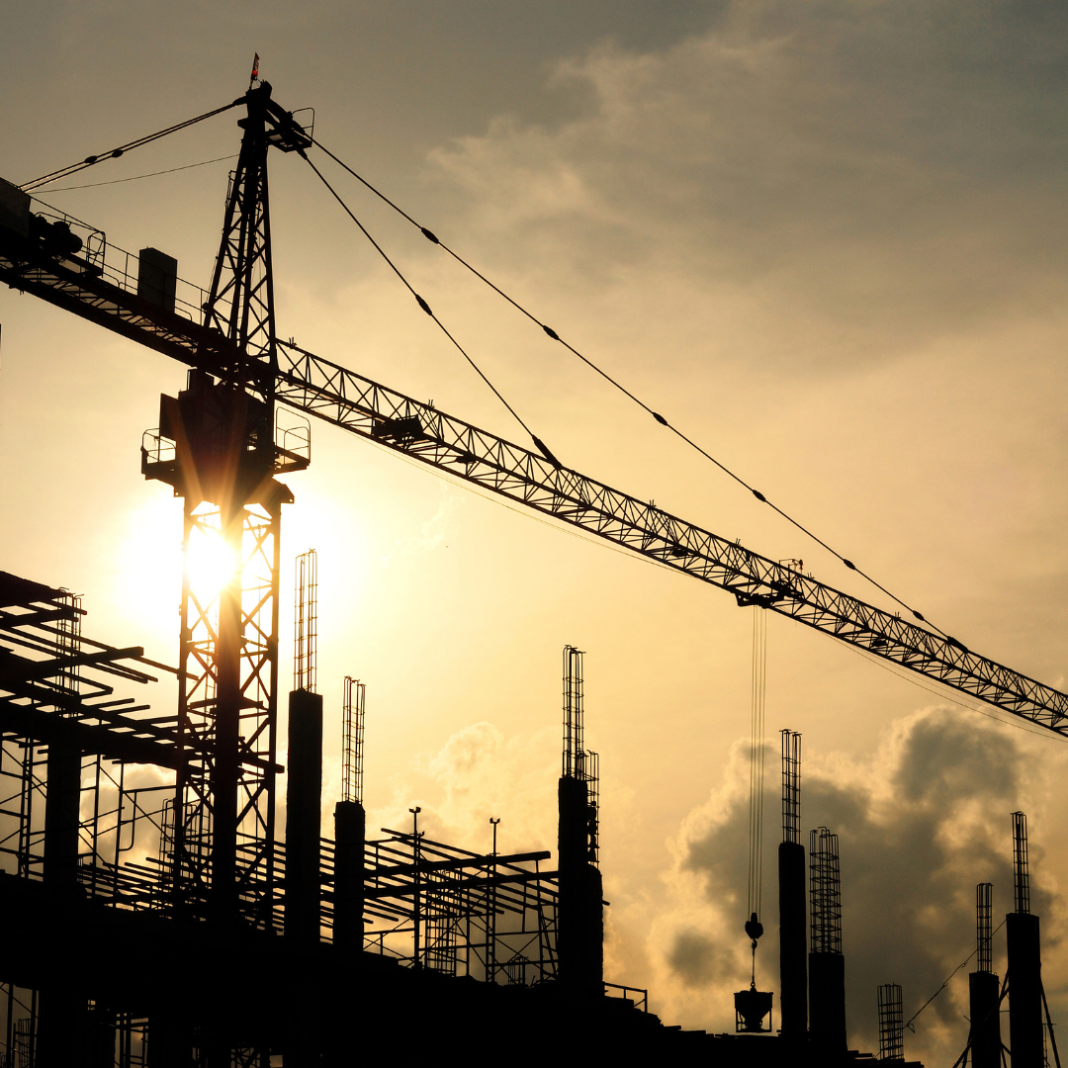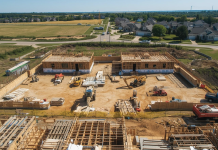The Milwaukee harbor project is worth $115.4 million.
Michels Corporation landed this contract to build a 42-acre facility that will contain nearly 2 million cubic yards of contaminated sediment. The winning bid came in $35 million under the expected cost.
But here’s what makes this interesting.
The Numbers
The sustainable construction market is projected to grow from $476.19 billion in 2023 to $1.195 trillion by 2033.
That’s a 9.64% compound annual growth rate.
Environmental construction services are a $24.1 billion market in 2023, projected to reach $30.3 billion by 2030.
Beyond Traditional Building
The Milwaukee project shows where construction is going. Instead of building new structures, Michels is creating infrastructure to manage environmental contamination from decades of industrial activity.
This facility will handle pollutants including mercury, lead, chromium, and PFAS from three rivers. The method saves approximately 1 million gallons of diesel fuel by using vacuum-type dredging operations instead of traditional trucking methods.
The project is part of a $450 million environmental cleanup initiative, with $275 million coming from federal infrastructure funding.
Market Reality Check
Traditional construction faces regulatory pressure and rising costs. Environmental infrastructure projects work differently.
They’re typically government-backed, federally funded, and tied to regulations, not market trends. The work is specialized with better margins.
Michels Corporation, ranked as the 34th largest contractor in the U.S. for 2024, shows how big contractors are adapting.
The 2030 Question
I keep returning to a simple question: Will environmental work drive construction growth by 2030?
The data says yes. Federal infrastructure spending focuses on environmental remediation. Climate regulations require cleanup projects. Legacy contamination needs cleanup.
The Milwaukee project isn’t an outlier. It’s a preview of where money is going in construction.








